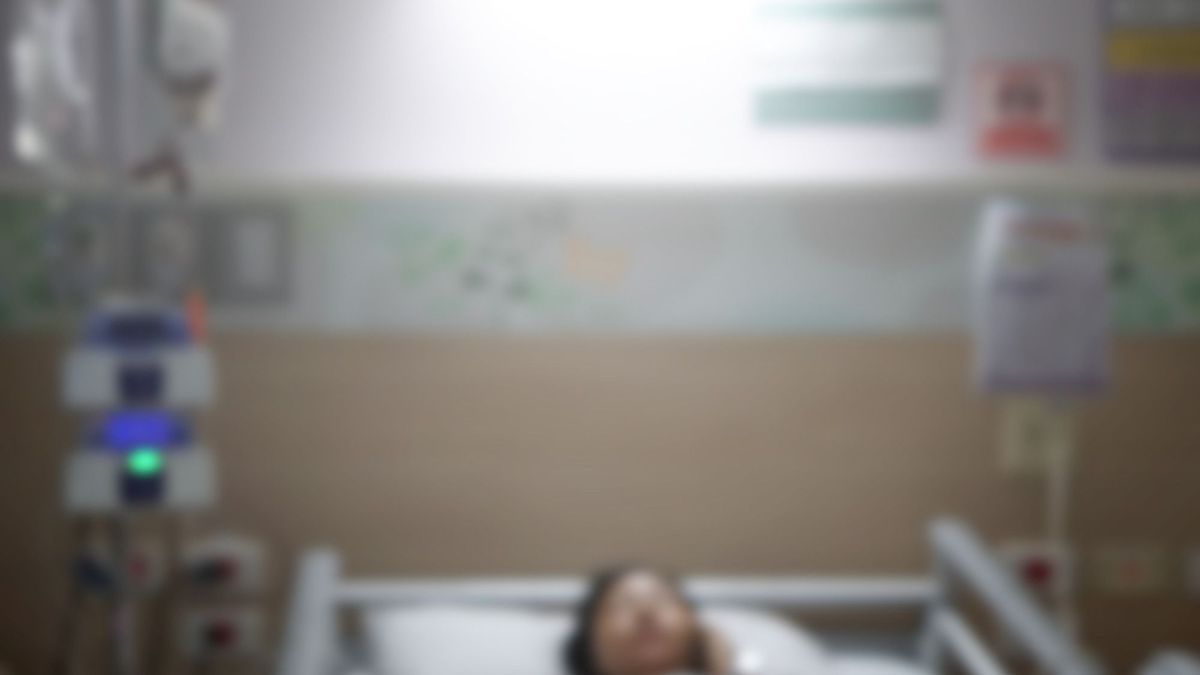
Published on
Updated
When the brain has completely stopped functioning, death occurs. What are the possible causes of so-called encephalic or cerebral death? How does the medical profession intervene? Explanations from Professor Marc Leone, vice-president of SFAR (French Society of Anesthesia and Intensive Care) and Head of the Anesthesia and Intensive Care Department at the northern hospital in Marseille.
The state of brain or encephalic death marks the irreversible cessation of blood circulation in the brain. Several criteria (deep coma, absence of reflexes, apnea, etc.) make it possible to account for the death.
State of brain death: definition
Let’s be clear: death can happen in two ways. It can be caused most frequently by cardiac arrest or by the cessation of blood circulation in the brain: this is called cerebral or encephalic death. ““Brain-dead people are legally dead, even if their hearts are kept alive by a mechanical ventilator or medication.” underlines Professor Marc Leone, vice president of the French Society of Anesthesia and Resuscitation (SFAR). It is therefore impossible to wake up from brain death (the person is indeed dead). Faced with this irreversible state, the medical profession is even prohibited from continuing treatment and continuing resuscitation.
The causes of brain death are well identified. Intracerebral bleeding, head trauma, ischemia correlated with cardiac arrest, stroke or ruptured aneurysm represent all situations that can cause brain death, caused by edema or compression of the brain. level of the brain, preventing blood circulation from taking place. Furthermore, deaths by drowning or hanging can also cause brain death.
Clinical signs of brain death
Absence of brainstem reflexes, breathing, etc. Various clinical signs allow the diagnosis of brain death to be made. “The presence of a deep coma, the abolition of all reflexes of the brain stem and the respiratory system without external cause, without sedation or hypothermia, are among the clinical signs of a state of brain death.explains Professor Marc Leone.
The person presents with non-reactive pupils, apnea and an absence of motor movements. To ensure the death of the patient, doctors then carry out various tests. “One of the most common tests is to stop the ventilator and see if the person resumes spontaneous ventilation.”, continues the specialist. Other tests make it possible to check the absence of reaction to light, for example.
Concomitant with the arrival of mechanical ventilation, the clinical state of brain death was described from the 1950s.Before, this didn’t exist. We only observed cardiac arrests. recalls Professor Marc Leone.
Diagnosis of brain death: examinations
When brain death is noted, organ transplantation is possible. According to the recommendations, doctors then carry out an electroencephalogram, carried out twice, 2 and 4 hours apart. A flat EEG (recording of cerebral electrical activity) attests to the absence of electrical activity of the brain, and therefore to the death of the person. The legal time of death is noted at the time of the second examination.
Apart from the electroencephalogram, other examinations (such as a cerebral arteriography, or even a CT angiogram carried out with a contrast product to attest to the absence of blood circulation in the brain) can also be carried out. “In the absence of organ harvesting, these examinations are not obligatory.”, adds the specialist. There is no specific time limit for carrying out these examinations. “Ideally, this is to shorten this time as much as possible for the proper functioning of the organs.”
Brain death and organ harvesting
If organ harvesting takes place (heart, lungs, kidneys, liver), the heart is kept artificially active using a respirator and/or medications. It is once the organ harvesting has been carried out that the doctor is authorized to disconnect any device and then entrusts the body to the funeral service of the hospital.
Remember that any person, if they have not objected to it during their lifetime, can undergo organ harvesting, in order to carry out a transplant in a person awaiting a transplant. “In practice, the medical profession checks on a file whether the deceased person had declared opposition to organ donation. If this is not the case, the medical team can then proceed with organ harvesting. specifies the specialist.
Finally, if most organ harvesting is carried out from brain dead donors, they can also be considered in patients after cardiac arrest, caused by the limitation or cessation of active therapies (LATA). These donors are defined in Maastricht category III (M3).
In 2022, 5,494 transplants could be carried out to benefit the health of waiting patients. Compared to 2021, corneal sampling activity increased by 5.0%, that of artery sampling by 1.4%, that of vein sampling by 43.5%, that of skin sampling by 2.6%, that of heart valve samples by 2% and that of bone samples by 17.8% compared to 2021.
